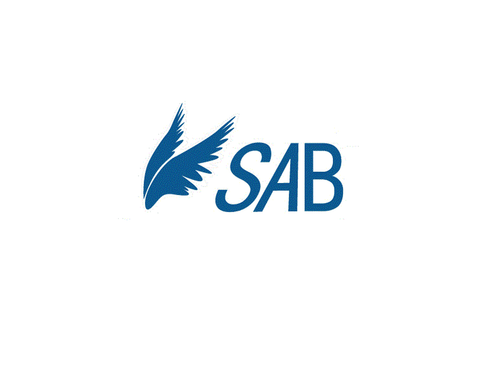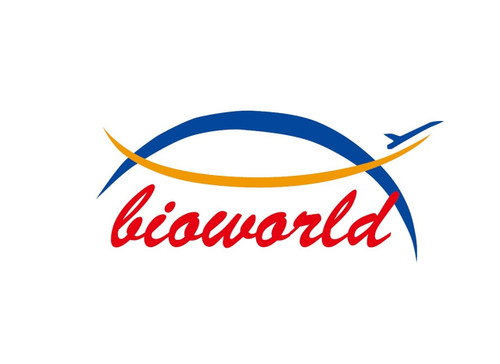Product Description
p95/NBS1 (Phospho-S343) polyclonal Antibody | BS94088 | Bioworld
Host: Rabbit
Reactivity: Human
Application: WB ICC/IF IHC IP
Application Range: WB:1:1,000-1:2,000 ICC:1:50-1:200 IHC:1:50-1:200
Background: Nijmegen breakage syndrome (NBS) is characterized by extreme radiation sensitivity, chromosomal instability and cancer. These phenotypes are similar to those of ataxia telangiectasia mutated (ATM) disease, where there is a deficiency in a protein kinase that is activated by DNA damage, indicating that the NBS1 (Nibrin) and ATM proteins may participate in common pathways. Nibrin is specifically phosphorylated in response to gamma-radiation, ultraviolet light and exposure to hydroxyurea. The phosphorylation of Nibrin requires catalytically active ATM. ATM physically interacts with and phosphorylates Nibrin on Serine 343 both in vitro and in vivo. Serine 343 is phosphorylated in vitro by ATM and the modification of this residue in vivo is essential for the cellular response to DNA damage. This response includes S-phase checkpoint activation, formation of the NBS1/Mrel1/Rad50 nuclear foci and rescue of hypersensitivity to ionizing radiation.
Storage & Stability: Store at +4°C after thawing. Aliquot store at -20°C or -80°C. Avoid repeated freeze / thaw cycles.
Specificity: p95/NBS1 (Phospho-S343) polyclonal Antibody detects endogenous levels of p95/NBS1 protein only when phosphorylated at S343.
Molecular Weight: 95 kDa
Note: For research use only, not for use in diagnostic procedure.
Alternative Names: NBN, NBS, NBS1, P95, AT V1, AT V2, ATV, Cell cycle regulatory protein p95, FLJ10155, MGC87362, Nbn, NBN, NBS 1, NBS, NBS1, Nibrin, Nijmegen breakage syndrome 1 (nibrin), Nijmegen breakage syndrome, Nijmegen breakage syndrome protein 1, p95, p95 protein of the MRE11/RAD50 complex,
Immunogen: Synthetic phospho-peptide corresponding to residues surrounding Ser343 of human p95/NBS1.
Conjugate: Unconjugated
Modification: Phosphorylation
Purification & Purity: ProA affinity purified
Pathway:
 Euro
Euro
 USD
USD
 British Pound
British Pound
 NULL
NULL












